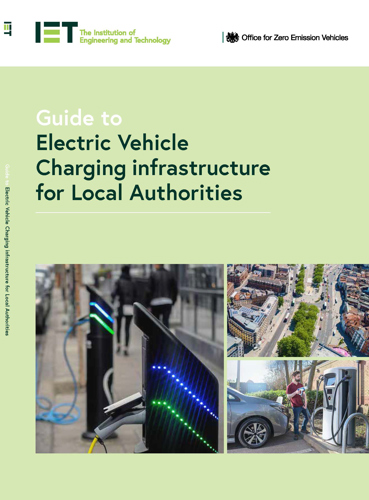
Electric Vehicle Charging Infrastructure Guide for Local Authorities
The guide (principally authored by CENEX) will be made freely available to all local authorities and covers:
- The fundamentals of EV charging infrastructure
- The solution types and their applicable use cases
- High level guidance on EV charging strategy and the opportunities and challenges associated with each solution type
- Site identification and selection
- How to prepare for EV charging deployment by considering:
- Power provision and DNO engagement
- Installation design best practice
- Procurement advice including ownership and operation models, specifications, funding models and contract guidance
- Legal implications.
- The deployment process including installation, commissioning, notifications, and approvals
- Operational considerations such as tariff structures, payment mechanisms, parking management and maintenance
- Examples of community engagement techniques and a look at future technologies
Local Authorities have a key role to play in supporting the growth of electric vehicles by encouraging and assisting EV uptake.
One way of doing this is setting plans to install and implement charging points for certain individuals or businesses who will rely on public infrastructure. These include (but are not limited to), people who have no access to off-street parking, taxi drivers, fleets and light delivery vehicle drivers.
Local Authorities also have a key role to play in electrifying their own fleets and will require the associated charging infrastructure to support this. This guide is designed to be accessible to all those who are involved in EV infrastructure planning and deployment.
The Electric Vehicle Charging Infrastructure Guide will be available for download from both the IET and DfT websites.

